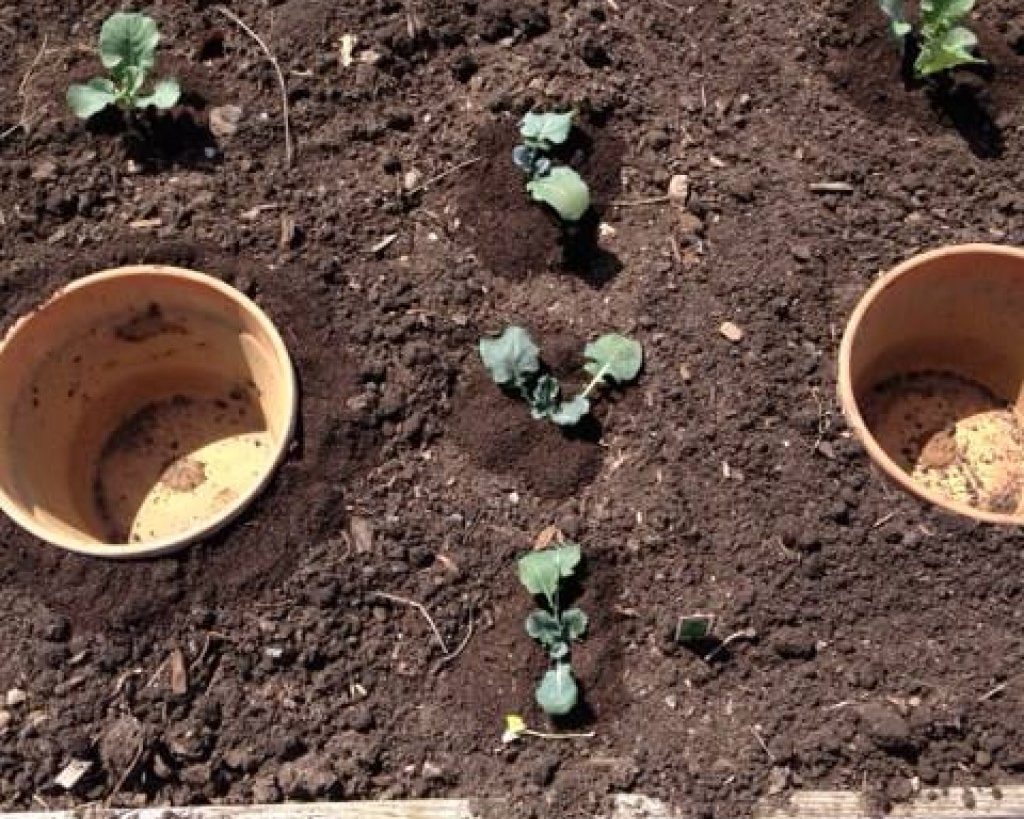
Clay pots and seedlings in checkerboard pattern.
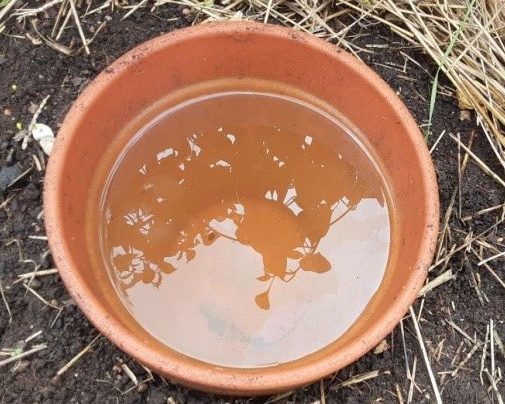
In-ground clay pot.
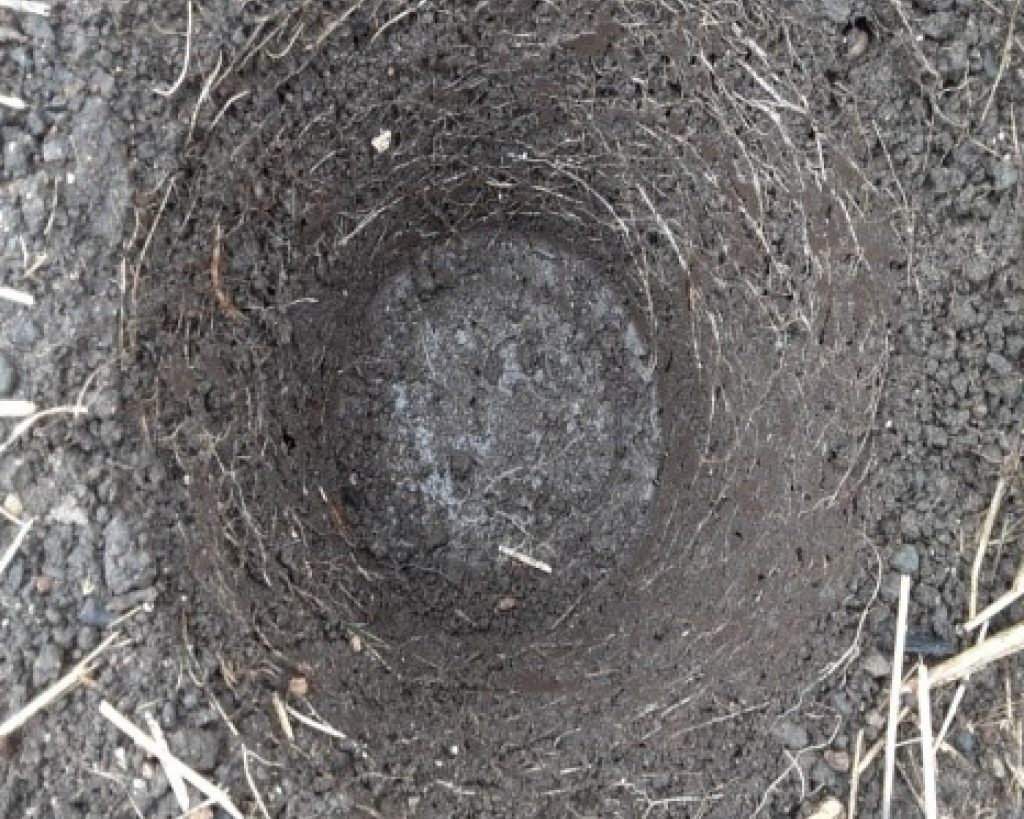
Circular root net around outside of clay pot at end of season.
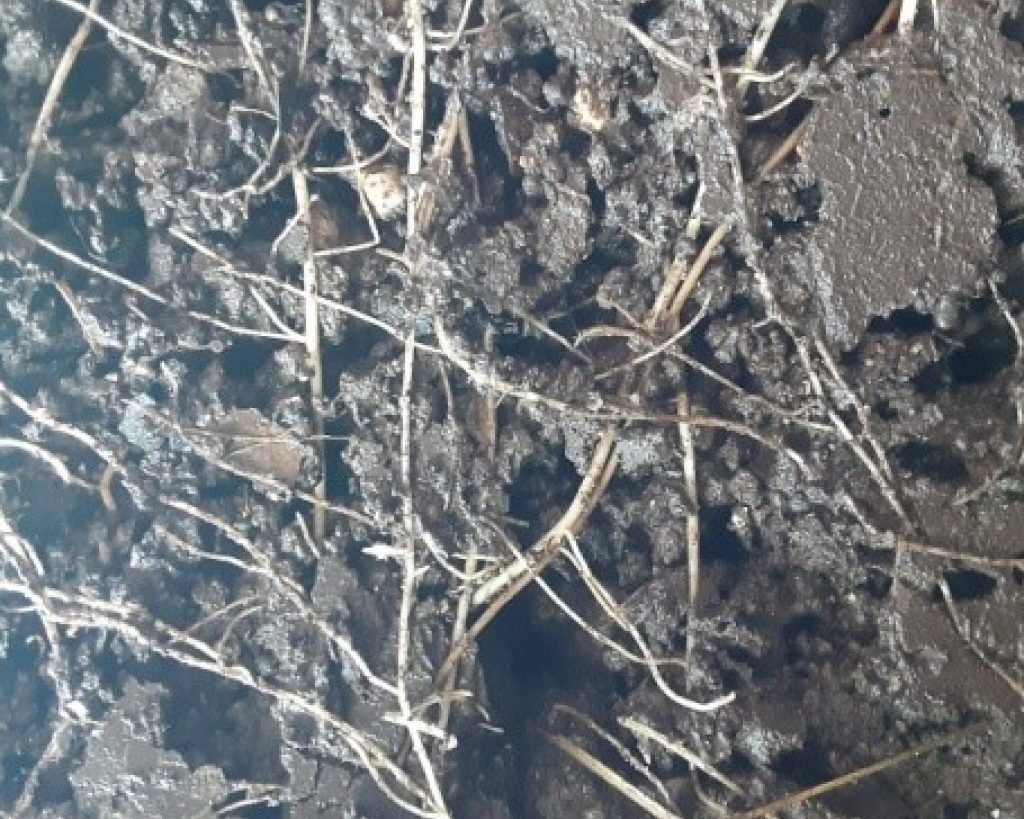
Plant root network present in soil sidewall next to clay pot.
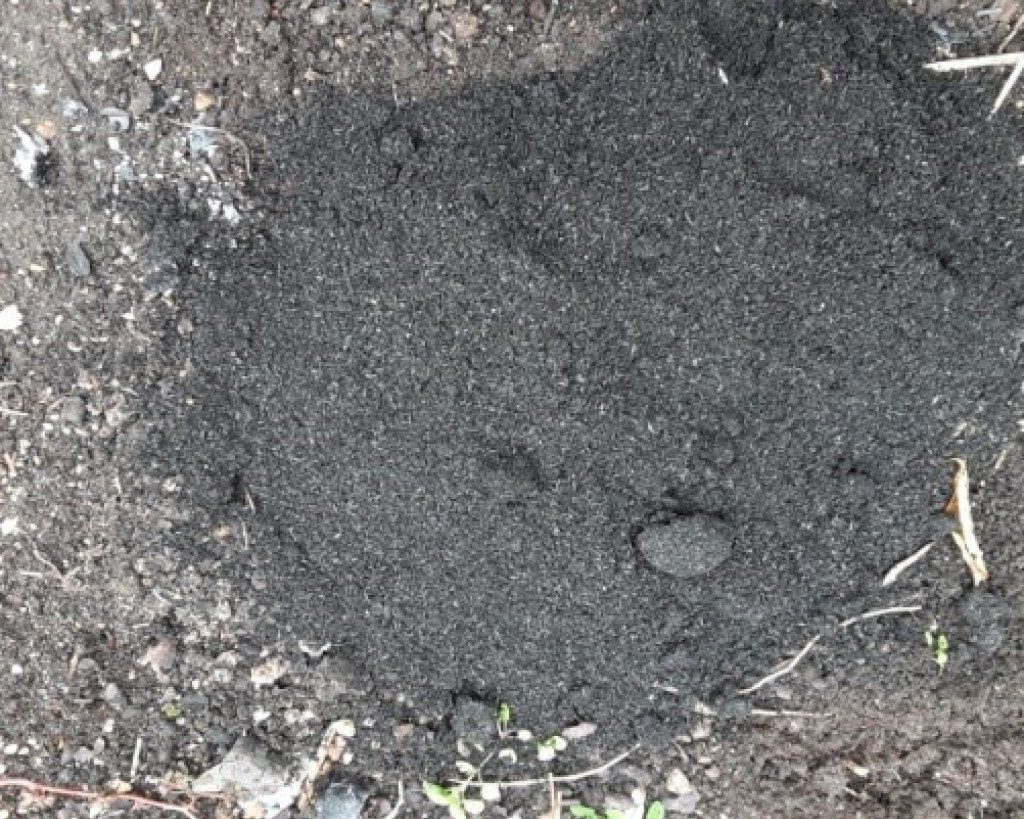
Wood chair in the clay pot hole.
Soil Smart / Water WiseTM approach to growing healthy and great tasting vegetables in our garden is the combined integrated use of biomass chars, natural fertilizers, vermicompost and clay pot irrigation to create a soil energy oasis in the garden bed.
At planting time, we mix the biomass char, natural fertilizers, and vermicompost with the excavated garden soil when we are installing our clay pot irrigation system.
This amended garden soil is packed all around the clay pot, making sure the soil is in direct contact with the outside surface of the pot. This amended soil will be the location for the development of a soil energy field around the pot that the plant’s roots will access throughout its growing season.
It is important to remember that, for 360 degrees around each in-ground pot, a 12-inch moisture zone will exist in all directions. The moisture zone is a natural consequence of the soil pulling water out of the clay pot and into the surrounding soil. This means that each clay pot can provide water for 4 plants in a checkerboard pattern.
During the growing season, plants that are placed within 8 or so inches of the clay pot will send roots to surround the pot, creating a root nest. This root action allows the plant to fully access the omni-directional soil energy field around the clay pot.
The actively growing plant roots interact directly with the microbial and nutrient amendments. The dynamic action of the root exudates and soil amendments produces a vibrant soil energy field around the pot. This soil energy field is kept consistently moist due to the water wicking into the soil. It is this moist condition which produces the active growing environment for the plant roots to flourish and the soil to be energized.
Because the plants roots are always in a moist soil environment the vegetable yields are optimized. In the case of tomatoes, an additional benefit is that blossom end rot is virtually eliminated due to the consistent subsurface soil moisture.
At the end of the season when we take the clay pots out of the garden bed for winter storage, we fill the hole left from the clay pot with wood char.
Keep in mind that, within the soil energy field, biological activity of the plant roots and vermin-microbes is maximized due to the combination of plant root exudates, consistent moisture and amendments. Filling the clay pot hole with wood char allows the soil life/energy that is created during the growing season to enliven the wood char, over time. The enlivened wood char becomes a soil depth charge for the next growing season.
At the end of the season, we cut the stem of the plant at the soil level and leave the root mass in the soil. The stem and root mass left in the ground over winter will return its energy to the soil, adding to the soil energy oasis, in preparation for next season’s garden.

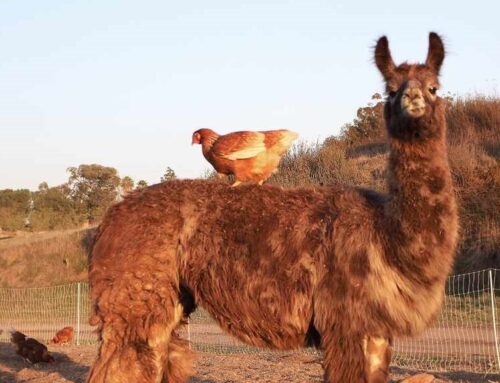
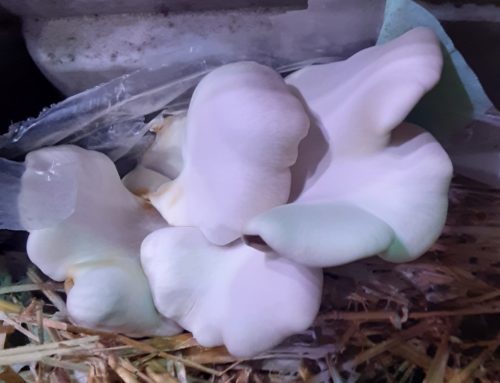
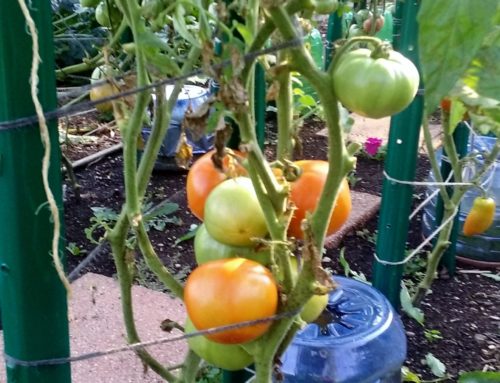
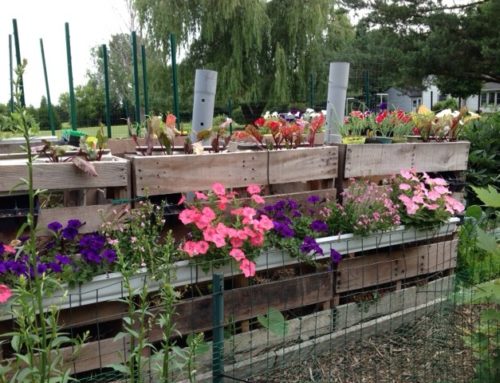
Leave A Comment